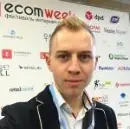EPL Diamonds increased its email database and revenue by 7.2% with targeted email campaigns, phone-to-email conversion, and advanced customer segmentation using Maestra.
EPL Diamonds: How the Jewelry Manufacturer Boosted Revenue by Switching Its Focus to the Email Channel
EPL Diamonds, founded in 1994, is a manufacturer of diamond jewelry and a member of the Israeli Diamond Exchange with its own production processes and dozens of consumer locations.
Why did EPL Diamonds want to switch to using email communications?
After making a purchase with EPL Diamonds, each customer receives a discount card, which serves as a customer identifier. Most often, buyers leave their phone number as a contact. Stimulating repeat sales in the jewelry segment via this channel is expensive and inconvenient. Because of this, EPL Diamond team wanted to focus their efforts on the email channel, and this is where Maestra came in.
We set a range of additional tasks such as increasing website sales and establishing email communications.
How were phone numbers “converted” to email addresses?
We devised a scenario to obtain customer emails by sending texts to our existing customer base with a link to join our Diamond Club. The link led to a mobile-optimized landing page with information about the perks of being a Diamond Club member, including free jewelry maintenance and instant updates about discounts and promotions. All customers needed to do was leave their email to sign up.

Landing page for collecting customer emails
The concept of the campaign aimed at increasing the number of customer emails in our database looked like this:
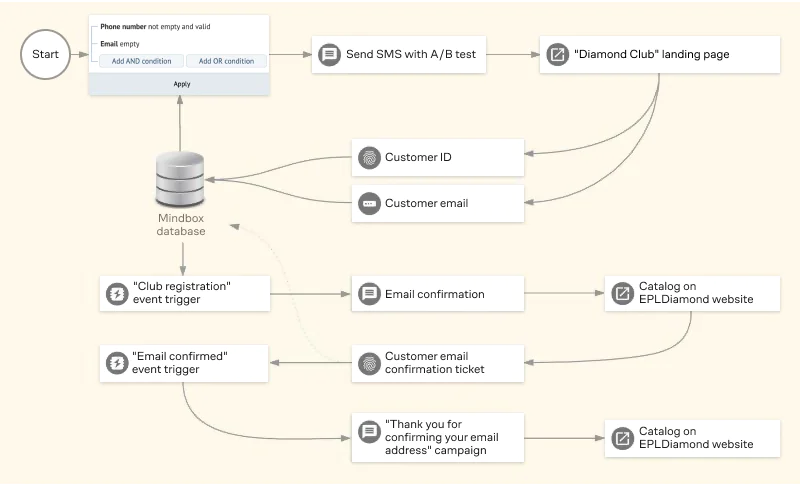
Customer communication scheme
Prompt to provide an email address
Two channels were used to send prompts: text messages and Viber messages. We sent messages in several stages, using A/B tests to determine the most effective message.
Text messages
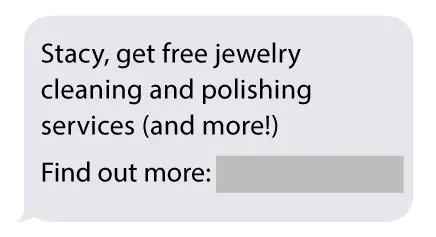
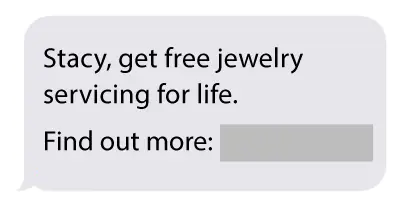
Option
Sent
Goal
Conversion rate
Conclusion
Option A
1,159
50
4.4
Option B
1,141
100
8.8
Option B is more
successful
successful
Viber messages
A similar experiment was conducted with Viber users. We ended up with the same result. Option B proved to be more successful.
Option
Sent
Goal
Conversion rate
Conclusion
Option A
4,560
170
3.8
Option B
4,525
317
7.1
Option B is more
successful
successful
To establish the “customer — email” connection, we embedded a unique parameter into the link leading to the landing page — “ticket.” According to the “ticket, ” the landing page determined the customer’s phone number and associated it with the added email.
After entering an email address, an email was sent to the specified address with an offer to confirm it.

Confirmation email
After confirming the email address, we sent a thank you email and a link to a page with current discounts.
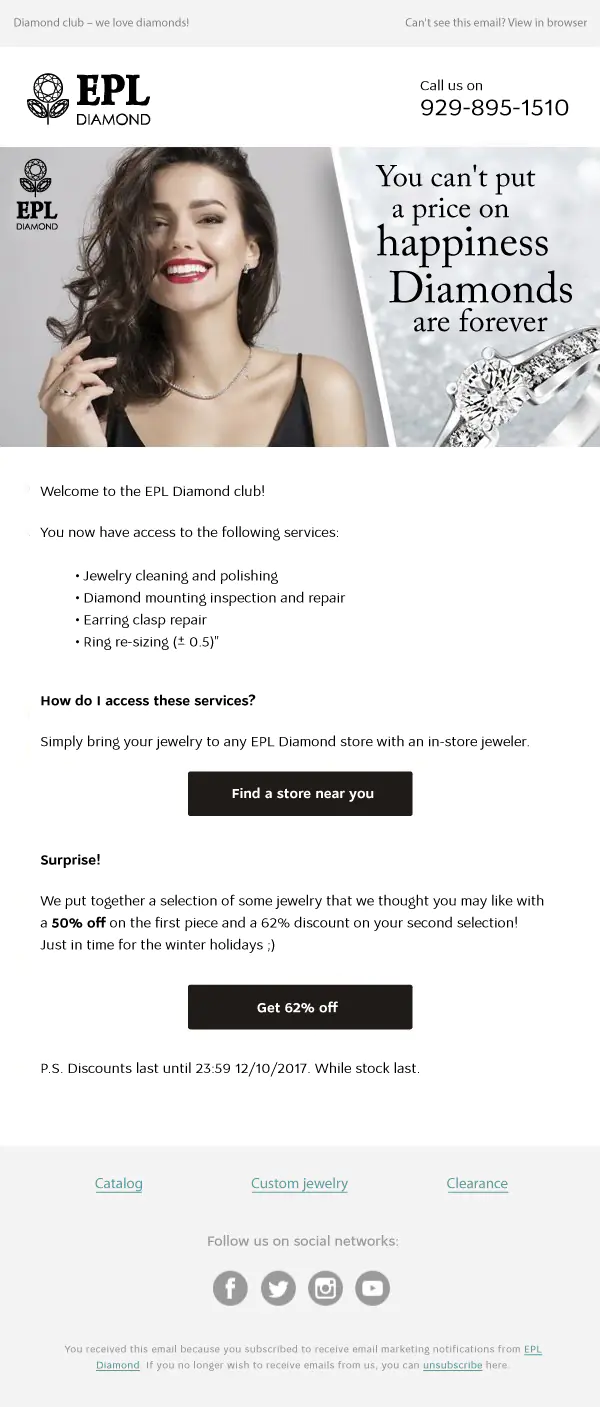
A special offer email
We set up automatic conversion
A series of text messages and emails compiled on the basis of A/B tests was automatically sent to new customers. The text message conversion rate was around 19%.
Bulk campaigns with notifications regarding various promotions have become cheaper.
Our results
During the first stage, an increase in the number of email addresses in the database was taken as the main metric.
As a result, the percentage of consumers in the database with email addresses and phone numbers increased from 24% to 37%. Due to this, the cost of a contact has decreased, communication efficiency is higher and the reach of the free email channel has increased.
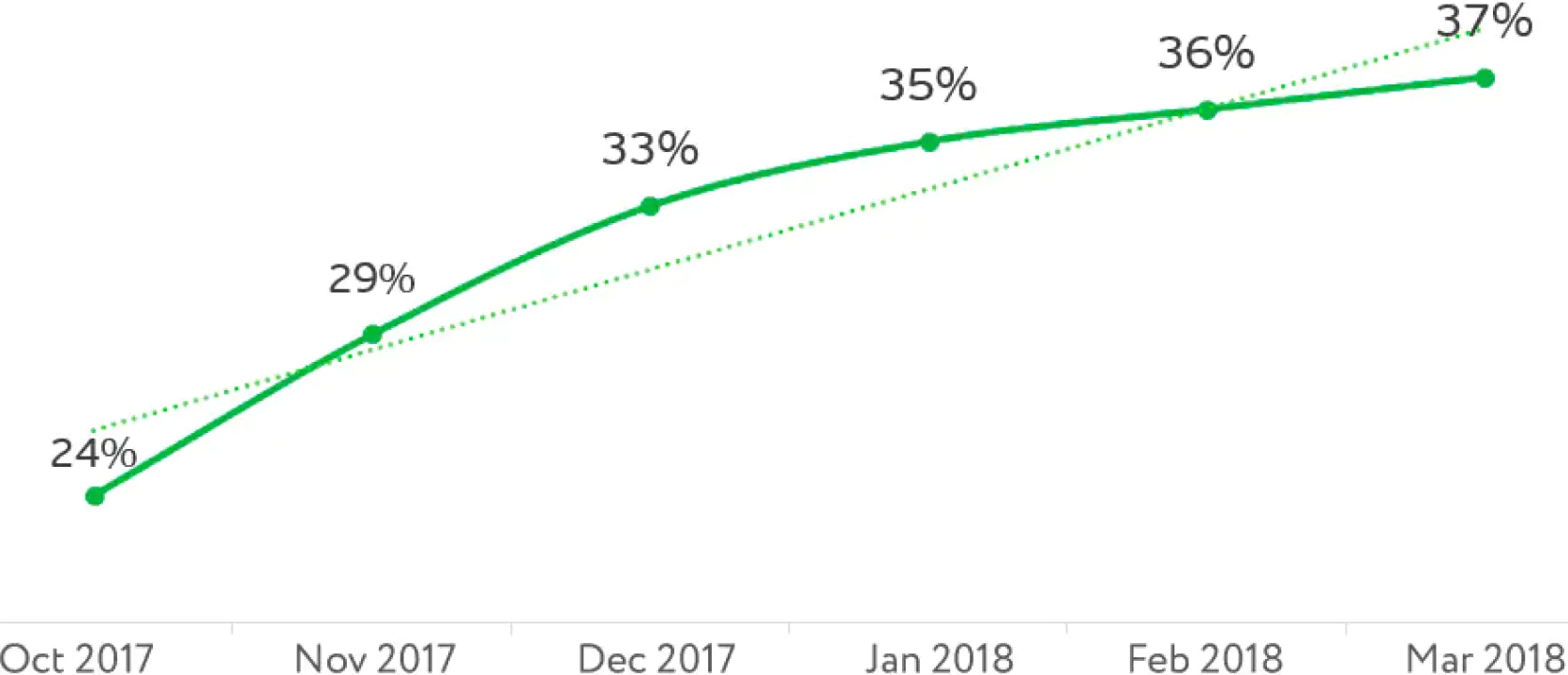
Percentage of customers with an email address in the database
In addition to converting phones to emails, revenue from email campaigns was measured according to internal reporting. The share of revenue from emails relative to EPL’s entire network revenue increased by 7,2%.
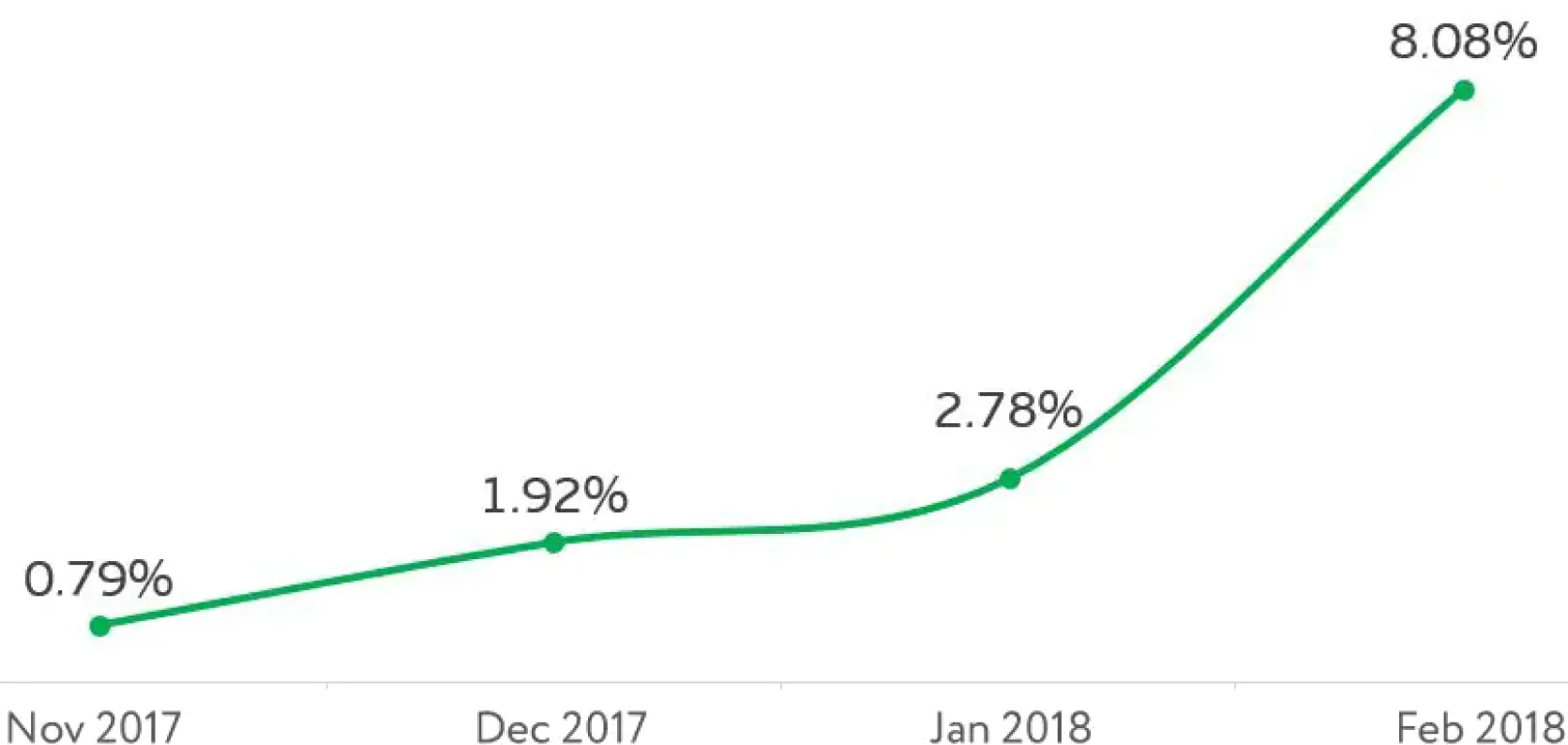
The share of revenue from campaigns relative to total revenue
Future plans
In the future, we plan to set up user reactivation based on an RFM report and send segment-based product recommendations.
Maestra is an essential tool for any effective direct marketer.
The introduction of Maestra was my first decision made at EPL. Its fantastic segmentation flexibility allowed me to contact customers at the right moment with relevant, useful, and interesting messages.
What’s most important is that all your ideas of customer communications will become automated and systematic. Maestra will make problems like, “It’s Christmas in a few days, we have to send some kind of campaign ASAP” — a thing of the past.
I thank the Maestra team who helped us with the integration. They are always in touch and ready to answer any questions we may have.

